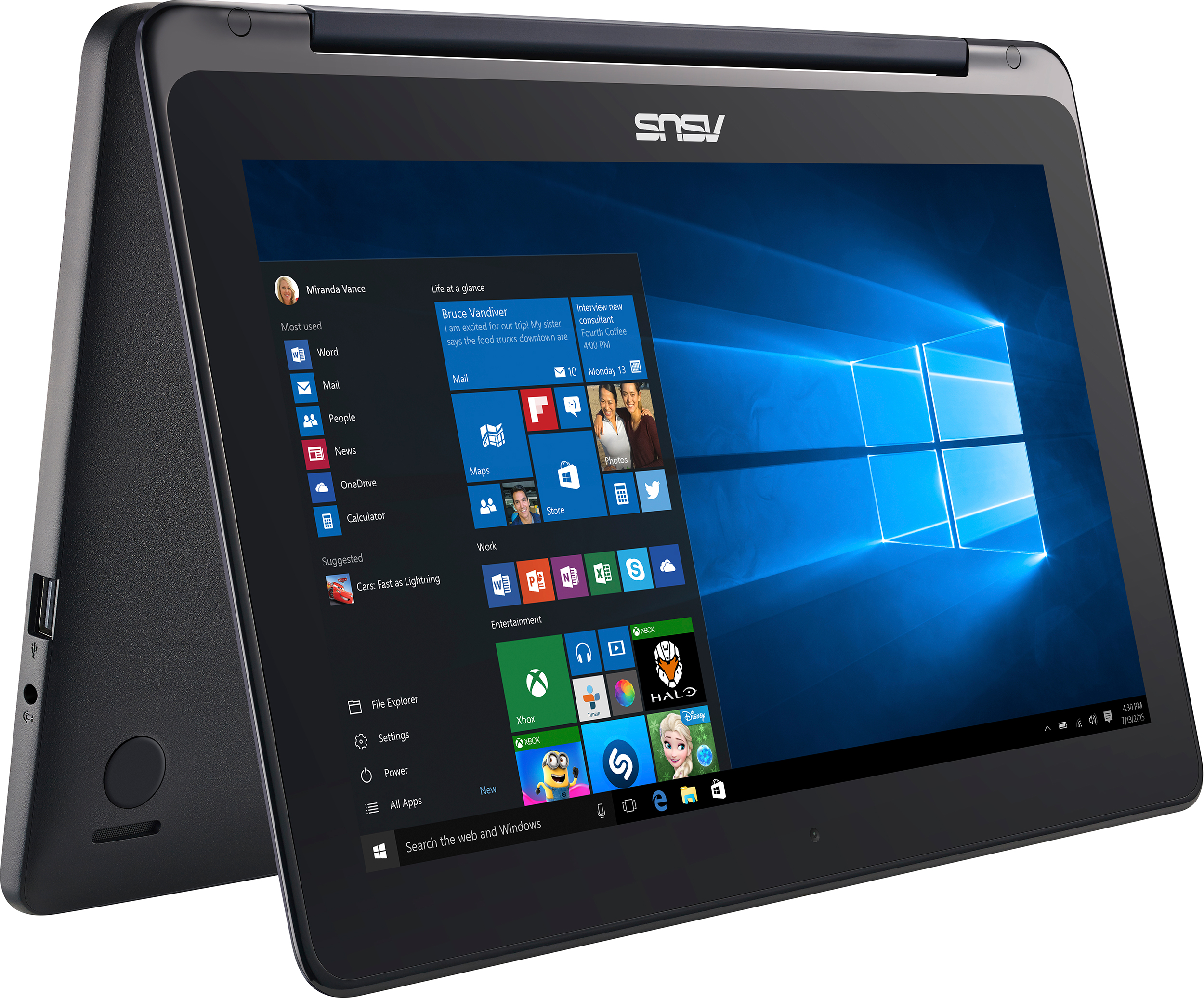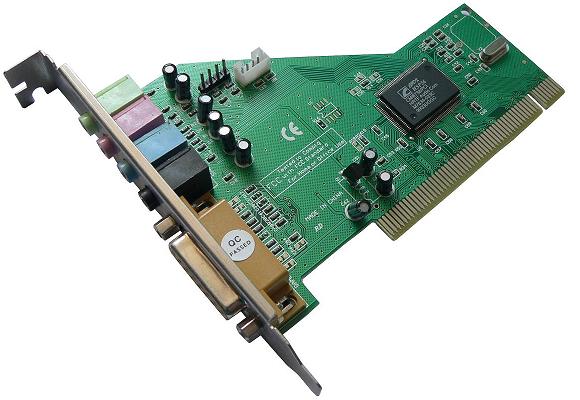- TBS IPTV Transcoder's Video Tutorials
- TBS8502
- TBS8510
- TBS8520

The DVB-s PCI card is designed for receiving and decoding digital satellite broadcasts. It can be used for digital television and radio reception and for high speed internet downloading. With linux driver you can build your own digital satellite receiver, digital video recorder and DVD player. The Sound BlasterX G6 is the best external sound card for gamers, period. It can work with PC, Xbox One, PlayStation 4, and Nintendo Switch. It will probably also be compatible with the Xbox Series X and PlayStation 5 when these two next-gen consoles come out. This and other Sound Cards drivers we're hosting are 100% safe. Vendor: AverMedia™ Device: A323 MiniCard Hybrid DVB-T: Driver file data Type: Sound Cards: Operating Systems: Windows 10 64 bit, Windows 8.1 64bit, Windows 7 64bit, Windows Vista 64bit, Windows XP 64bit. Padarsey PCIe Sound Card, 5.1 Internal Sound Card for PC Windows 7 with Low Profile Bracket, 3D Stereo PCI-e Audio Card, CMI8738 Chip 32/64 Bit Sound Card PCI Express Adapter 3.8 out of 5 stars 183 CMI 8738 Chip.
›- DVBS/S2 (25)
- TBS6903X
- TBS6904X
- TBS6909X-V2
- TBS6902
- TBS6903
- TBS6904
- TBS6905
- TBS6908
- TBS6909
- TBS6910
- TBS6920
- TBS6921
- TBS6922
- TBS6922SE
- TBS6925
- TBS6928
- TBS6928SE
- TBS6980
- TBS6981
- TBS6982
- TBS6983
- TBS6984
- TBS6985
- TBS6991
- TBS6991SE
- DVBT/T2/C (12)
- TBS6205
- TBS6209
- TBS6220
- TBS6221
- TBS6280
- TBS6281
- TBS6281SE
- TBS6284
- TBS6285
- TBS6290
- TBS6290SE
- TBS7220
- Multi-Standard (4)
- TBS6504
- TBS6522
- TBS6528
- TBS6590
- ATSC (1)
- TBS6704
- ISDB-T (2)
- TBS6814
- TBS6209
- DTMB (1)
- TBS6514
- DVB-C (2)
- TBS6618
- TBS6680
- USB-STICK
- QBOX
- QBOX
- QBOX2
- TBS5220
- TBS5280
- TBS5281
- TBS5520
- TBS5520SE
- TBS5580
- TBS5590
- TBS5680
- TBS5880
- TBS5881
- TBS5921
- TBS5922
- TBS5922SE
- TBS5925
- TBS5927
- TBS5980
- TBS5990
- TBS6004
- TBS6014
- TBS6104

- IPTV Introduction
- IPTV User Guide
- TBS2956
- TBS2603AU
- TBS2603SE NDI
- TBS2603SE
- TBS2604
- TBS2605
- TBS2605 NDI
- TBS2650
- TBS2660
- TBS8030
- TBS8500
- TBS8500ASI
- TBS8500C
- TBS2603
- TBS2600V1
- TBS2630-HDMI
- TBS2630-1U-HDMI
- TBS2630-SDI
- TBS2631SE
- TBS2601
- TBS2600
- TBS2216
- TBS2630-ASI
- TBS690B
- TBS8012
- TBS8500ASI
- TBS690A
- TBS260B
Dvb Card Sound Cards & Media Devices Drivers
After setting up my new Yaesu FT-950 with the DMU-2000, I decided to incorporate a more robust pan-adapter than provided by the DMU. The DMU works fine, within its limitations - frequency spectrum display only, no waterfall, no direct mouse or keyboard interaction. It could have been much better, based on the current state of development of SDR. The following is a chronicle of my experiences setting up the system for my FT-950. Details of the various steps in the process are contained in the links and references for the various components.

Including an external pan adapter requires access to the receiver's IF prior to roofing filters in order to have a wide enough bandwidth. Sound cards typically sample no more that 192KHz, yielding a maximum display bandwidth of 192KHz through the SDR interface. The FT-950 uses up-conversion to about 70MHz for the first IF and SDR receivers or Pan Adapters usually have a maximum frequency of 25 to 30 MHz, so some sort of down-conversion is necessary. The RFSpace IF-2000 board does just that.
IF-2000 IF interface board
Dvb Card Sound Cards & Media Devices Driver
By installing the IF-2000 interface board in the FT-950 where the DMU interface board would go, an output at 10.55MHz is made available. ( Link to RF Space IF-2000.) The DMU still works in all regards, except for the frequency spectrum display. I simply removed the DMU interface card and replaced it with the IF-2000 card, as directed.
The IF-2000 specifications are:
- LO Frequency: 80.000 MHz
- IF input: 69.45MHz
- IF Output: 10.55MHz
- Response: +/- 0.5dB @ +/- 500KHz
- Input return loss: -20dB
- Draws power from the FT-950
- Output by means of a coax pigtail through the rear of the FT-950
The IF-2000 is very easy to install, following the included instructions.
IF-2000 Interface Board
SDR Pan Adapter
The next step is to include an SDR pan adapter. Several options are available, including one of the Softrocks or a dedicated pan-adapter. I already had a Softrock RX Ensemble, so that is where I started. This option works fine, but is an overkill, since much of the functionality of the RX Ensemble is not used. I wanted to have the RX Ensemble available separately so I purchased one of the Softrock Lite IF kits from Craig Westerman, W6DVC. Constructing it was very easy and it worked quite well. The only downside is a slight center 'hump' and lack of robust image rejection.
Looking around on the internet I found the LP-PAN, which is designed specifically as a pan-adapter and is available for several popular transceivers, including the FT-950. Some versions are available as kits, but the FT-950 version comes only factory-assembled and adjusted.
Softrock RX Ensemble
Performance of the combination IF-2000 and LP-Pan is outstanding. No center hump, flat response and good image rejection (more on this later). ( Link to LP-PAN ). This is by far the best way to get pan-adapter capability for the FT-950.
LP-PAN IF Pan Adapter
Sound Card
Softrocks and LP-PAN are direct conversion IQ sampling receivers that rely on software to perform IF filtering, audio decoding, and other typical receiver functions. The output from LP-PAN is a pair of quadrature analog audio signals with at least 192KHz of bandwidth. PC sound cards are usually used to convert the analog signals to digital data streams.
The computer to be used for the pan adapter is fairly recent, with an MSI motherboard that uses a RealTek on-board audio subsystem. This actually worked fairly well, however, some issues still remained, especially lack of flat response across the full spectrum and only moderate image rejection. These on-board sound cards, while good for audio frequencies are really not designed for flat response all of the way to the full 192KHz sample frequency. The answer is to add a high-end audio interface card, such as the E-MU 0202 external box or the E-MU 1212 internal sound card. There are other cards available, but are generally more expensive.
E-MU 0202
The E-MU 0202 works great, but has some peculiarities. The released drivers are specified up to Vista 64bit, and a beta Windows 7 version has been released. I am still using Windows XP on this machine, so I encountered no major problems - I did have to reinstall once, and sometimes the unit starts up in USB1.1 mode. Startup in USB 2.0 can be forced by pressing the monitor button while turning on the power.
Others have reported getting the Win 7 version to work as well. - probably worth a try. There are gain settings for the inputs, which should be set to the minimum (full counterclockwise position). I now have a great looking display, with no center hump, flat response and very good image rejection with the PowerSDR - IF or any of the WinRad versions. Link to E-MU 0202. Link to beta drivers for Win 7: Beta drivers for 0202.
E-MU now has an upgraded USB 2.0 audio interface, the E-MU 0204. Described as a successor to the 0202, the new 0204 adds another pair of 24-bit outputs. Price is similar to 0202. Link to E-MU 0204 product description.
SDR Software

A number of options for SRD software are available and more are being developed. I started with the WinRad variants, but quickly implemented PowerSDR IF Stage, available from WU2X.com. This is a variant by WU2X of the PowerSDR software developed by FlexRadio Systems. PowerSDR IF Stage has been specifically tailored to work with dedicated pan adapters and is interfaced with Ham Radio Deluxe (HRD) for CAT rig control. Very detailed instructions on setting up PowerSDR IF Stage are available on the WU2X.com site. HRD is a very comprehensive CAT, logging, digital interface suite of programs available at
www.ham-radio-deluxe.com.
Conclusion

This combination of hardware and software is a very cost effective and useful addition to the FT-950. The user interface is greatly enhanced. The ability to see nearly 200kHz of spectrum at a time makes all the difference in quickly finding and tuning stations. Under contest conditions, active stations can be readily found and heard. A bonus not mentioned is the ability to use PowerSDR IF to provide a second independently tuned digital receiver within the 192KHz band.
My setup is shown in the photo below. The screen on the left has PowerSDR IF and HRD logbook is on the right. A screen shot of PowerSDR IF in action follows. Note the DMU-2000 to the left. The DMU is still valuable for easy access to the FT-950 menus, viewing waveforms and graphically evaluating SWR by band. If given a choice of the pan-adapter as implemented here or the DMU-2000, I would certainly opt for the pan-adapter.
References and Links:
